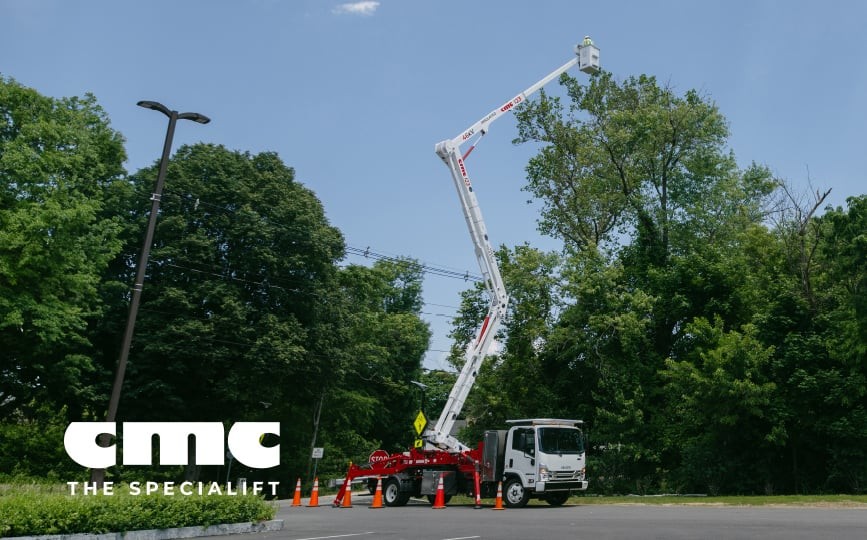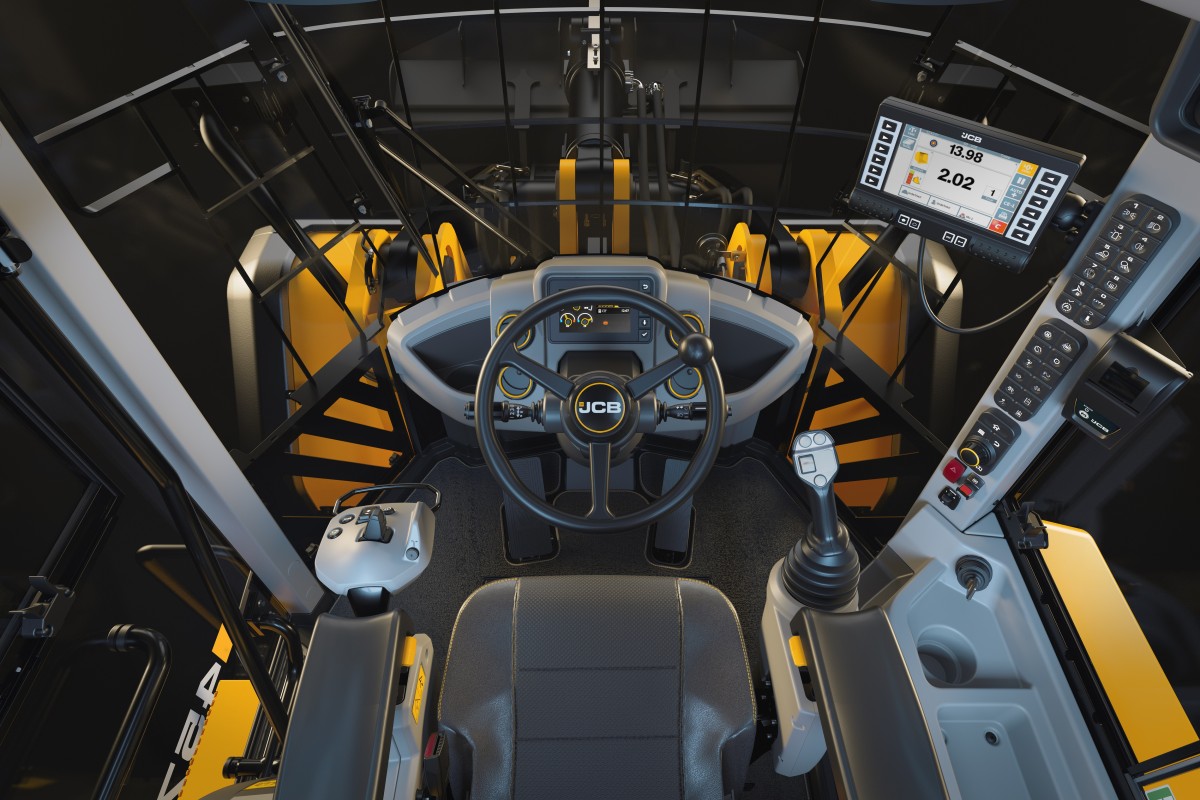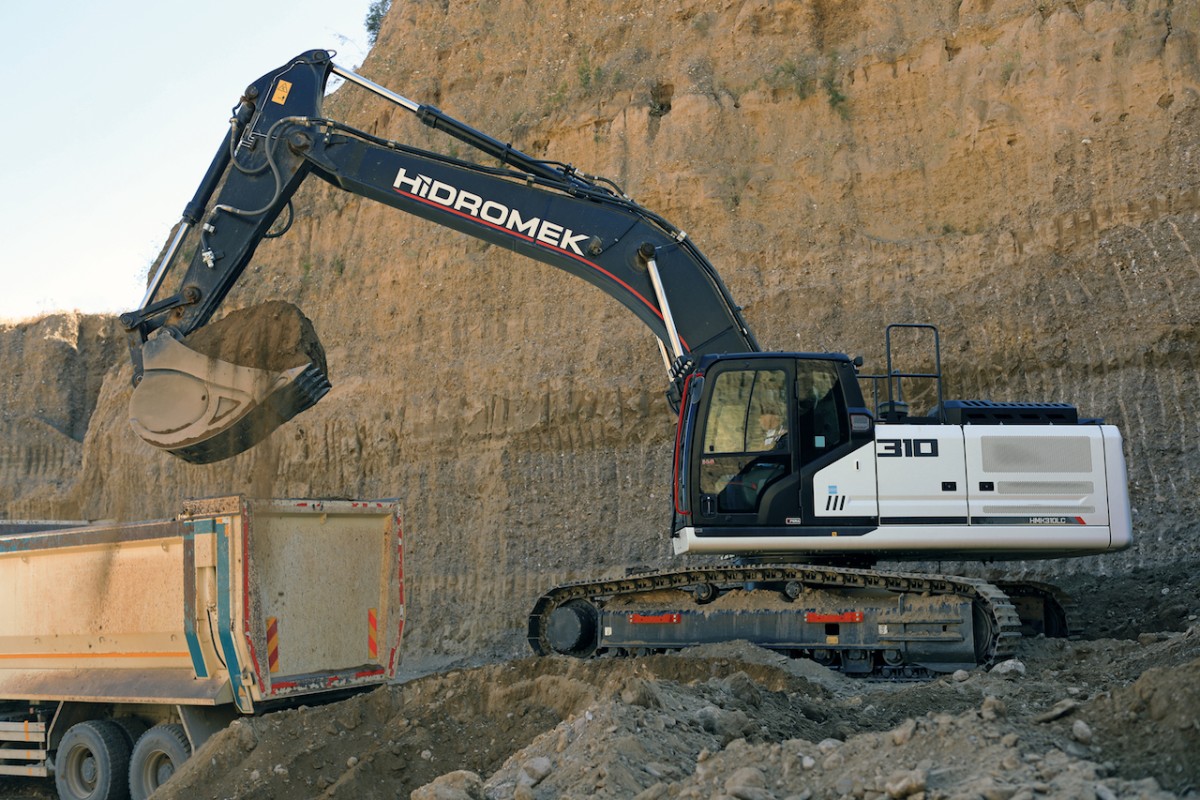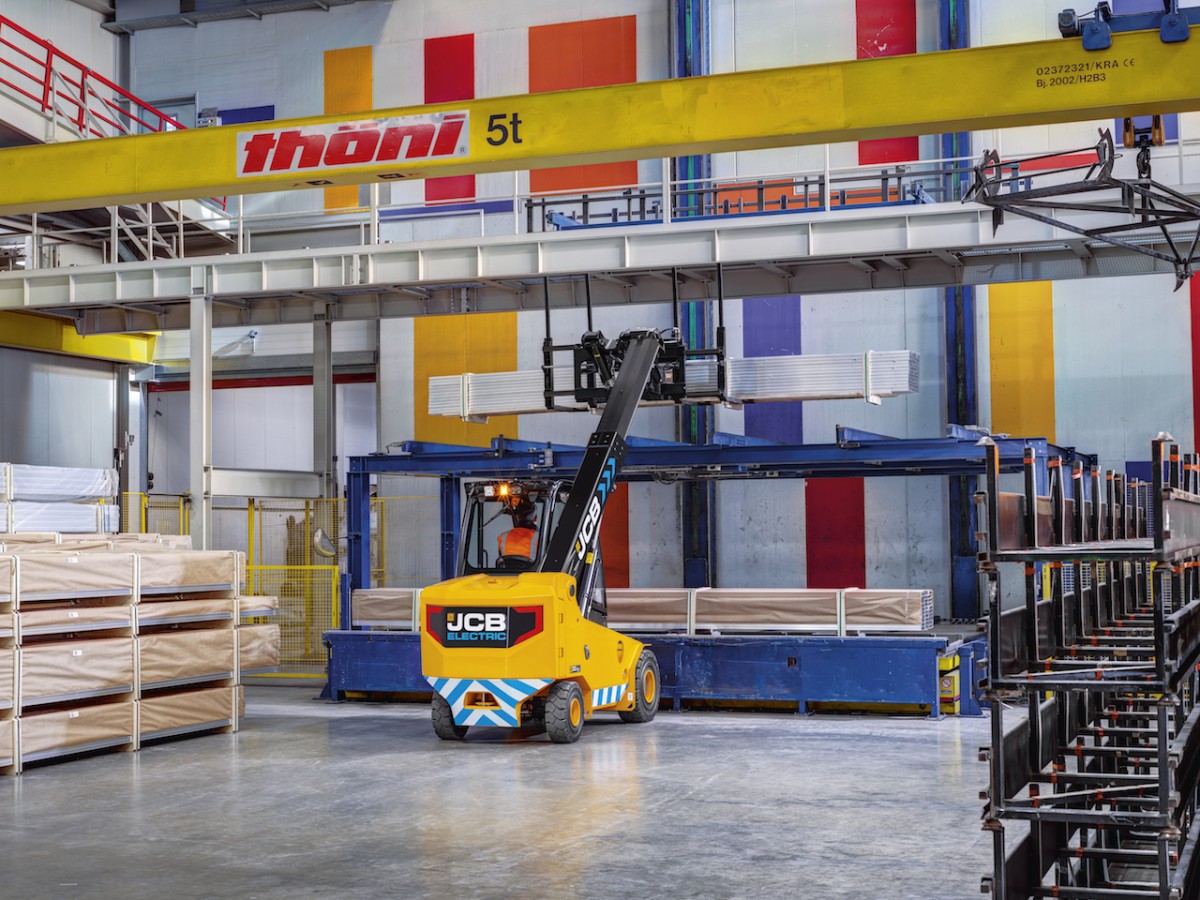Home \ International \ The TECHNO range grows with the new Fassi F1250R-HXP TECHNO
The TECHNO range grows with the new Fassi F1250R-HXP TECHNO
09/10/2023
Pubblicato da Ettore Zanatta
All the innovations introduced with the new TECHNO range can be found in the Fassi F1450R-HXP TECHNO.
As always true to its mission to anticipate the demands of its clients and offer innovations that make history in the lifting sector, Fassi Gru has widened the new range of cranes that have revolutionised the world of knuckle-boom cranes with the F1250R-HXP TECHNO model, which benefits from all the relative innovations, first and foremost the FX990 control unit, the electronic “heart” of the system that has allowed for an increase in the dynamic control of operating speed thanks to a processing system that better manages the use of working areas to favour lifting capacity.
The new design for the extension block has also contributed to an improvement in vertical performance and the hydraulic circuit, with double feed, has enabled faster handling. The advanced digital control system, the new display interface, the possibility to command stabilisers via radio and the new trim further optimise performance. Lastly, the system of folding pulleys on the winch, the possibility to add the Fassi L82 jib and the excellent power-to-weight ratio complete the strengths of this revolutionary crane.
All of this has been enhanced by the structural design of the F1250R, which uses UHSS (ultra-high-strength steel) combined with the particular decagonal section, which Fassi previously employed a few years ago for cranes destined for the USA market. These aspects, combined with in-depth kinetic analysis, guarantees improved mechanical performance for the motion guides and for the inertial stability of vertical loads. The result is that, in comparison to the hexagonal section, lighter solutions can be developed that offer the same mechanical performance, and higher mechanical performance can be achieved with the same weight. In fact, in comparison with previous models in the same category and with the same weight of the secondary unit, an increase in vertical performance of more than 50% has been achieved. Furthermore, in order to increase lifting performance, new kinematics featuring a double ram on the innerboom and a rotation unit on a new slew ring with dual gearmotor have all been developed.
A total innovation introduced with the F1250R-HXP TECHNO model is the version with nine telescopic extensions, a number that has never before been achieved, and that allows the L616 hydraulic extension a horizontal outreach of up to 34.8 m and a vertical outreach of 39.4 m, which, with the addition of three telescopic extensions, allows for a capacity of 40.24 m horizontally and 44.85 m vertically. With the crane in the rest position, the geometry of the arms allows for customisable spaces under the truck bed to be used. Other highly practical features include folding pulleys on cranes with winches, again when in the rest position.
The main feature of the FX990 control unit is the significant increase in resources with three CAN-BUS lines; one dedicated to sensors, one to controls and one to vehicle connection. The latter relates to the importance of previous developments, from FX-Link to the DBF (Drive by Fassi) function for the remote control of the truck via the crane's V7 radio control. In addition, two Ethernet lines further extend connectivity and processing power, another new feature. In fact, while CAN-BUS communication is a known standard, the choice of hardware equipped with an Ethernet line makes Fassi the only company in the sector that has identified it as a solution due to its potential. This allows new solutions to be created, from the connection to the FX991 7" colour touchscreen, to the gateway unit with multi-connectivity for IoC (Internet of Cranes), as well as many more for the future.
There are also a wide range of innovations in the software, which take the form of new functions. These include the FSC-TECHNO stability control system, which is the result of a merging of the performance of FSC-H and FSC-SII. Again, on the subject of stability, another interesting feature is the stabilisation command system via radio controller, which has two operating modes: with a single or double lever. The JDP (Jib Dual Power) function is automatic; the moment limiter is able to recognise the conditions in which the crane is being used, automatically providing the best performance of the hydraulic extension. In order to satisfy the various requirements of operators, the function can be manually activated or disabled from the radio controller.
Thanks to the geometric monitoring of all the crane's articulations (innerboom, outerboom and extension arm), the approach to the mechanical limit of the boom-motion ram is managed in a “soft” manner through progressive deceleration in the last millimetres of travel. By managing movement, this function, named SoftTend, will allow for an increase in speed while eliminating the dangerous development of load swing caused by collision with the mechanical limit. Compartmental working areas can also be created, increasing safety and releasing the operator from having to monitor these zones for possible interference, allowing them to better focus on handling the load. One example of this is the CCD (Cabin Collision Detection) function.
The Ethernet link has allowed for the connection of various devices, such as the FX991 display, which also features new, more comprehensive and intuitive graphics, and the new IE gateway, ensuring more powerful connectivity to the crane. The IoC (Internet of Cranes) function, which has been offered by Fassi for a number of years, has been enhanced with an external GPS/GSM antenna for improved reception, and portal with updated graphic interface and functions. The new gateway is also equipped with a Wi-Fi module which, by creating its own network and access address, allows the crane to be connected to various operator devices.
The entire processing system based on the new connectivity has the main function of creating data and providing information that is useful for the client and for the system itself. The most important include maintenance, a fundamental process in guaranteeing the correct functioning of the crane, operator safety and the maintaining of the crane’s value over time. These three reference points have formed the basis on which the DMA (Dynamic Maintenance Assistant) function has been developed, which can be accessed immediately either via the radio controller display or from the FX991 on-board display, as well as via a smartphone for cranes fitted with IoC. This function uses graphics to provide a dynamic presentation, i.e., in accordance with the actual use of the crane, of how many hours remain until the next service. This means that downtime can be scheduled at the most opportune time and in accordance with the customer's work requirements.

Ultime notizie di Fassi Gru

Lifting
20/10/2023
Fassi Innovation Center offers sustainability and innovation
The new Fassi Innovation Center is an avant-garde centre tha...

Lifting
16/10/2023
Fassi Group acquires Forez-Bennes via CTELM
Fassi Group has acquired Forez-Bennes via its French holdin...

Lifting
22/10/2021
With the Fassi SHT (Smart Hybrid Technology) system the crane becomes electric
With the Fassi SHT system the crane can be used in all situa...
Altri International

International
18/11/2024
The CMC i23 aerial platform: an example of high performances
CMC i23 is designed to maximise operational efficiency in al...

International
18/11/2024
JCB launches a new hi-tech tag offers versatile asset monitoring solution
JCB has launched a new product to help customers monitor the...

International
15/11/2024
JCB adds "Lever Steer" option to new controls package
JCB has developed a "Lever Steer" option for its large platf...

International
14/11/2024
Hidromek ıs ready for Bauma Chına wıth ıts ınnovatıve products
Hidromek will exhibit its HMK 200 C, HMK 310 LC crawler exca...
International
13/11/2024
CIFA publishes the first sustainability report of the Group and the concrete machinery field
Promoting the transformation of the entire sector by embodyi...

International
12/11/2024
JCB expands electric Teletruk range with High Reach option
JCB launched the new TLT 30-22E HL Teletruk, bringing a 4.4m...










































